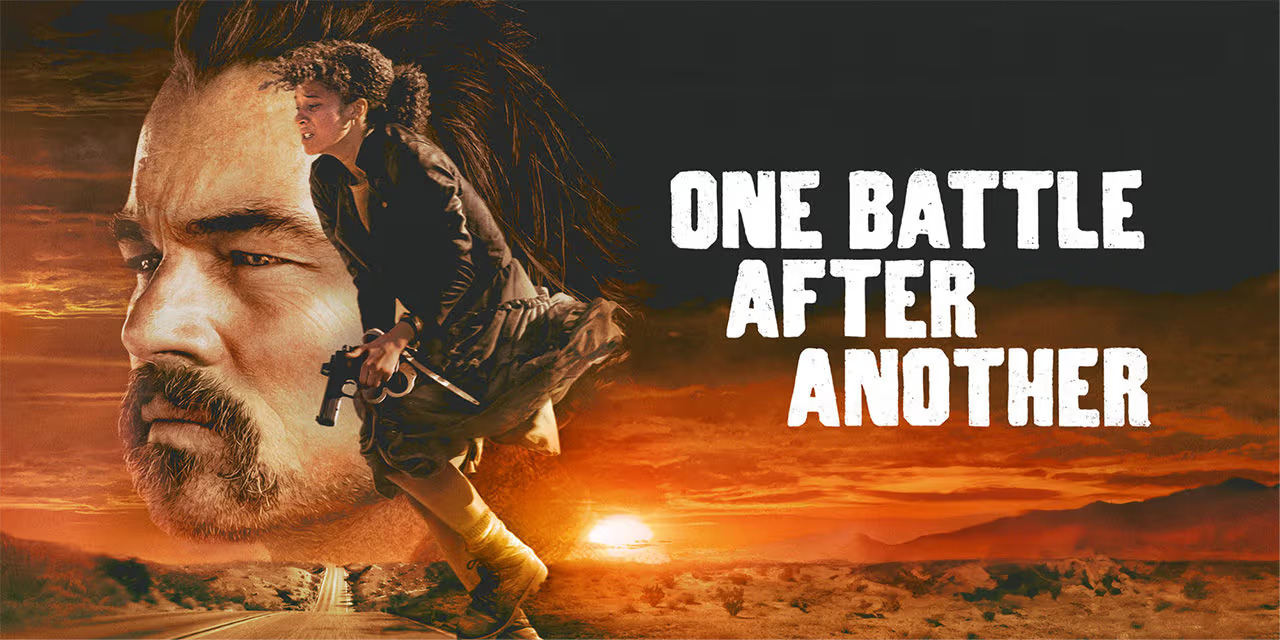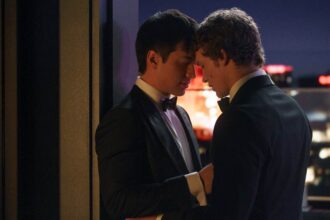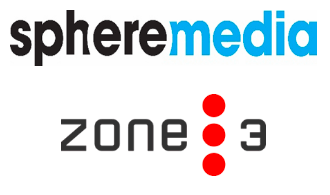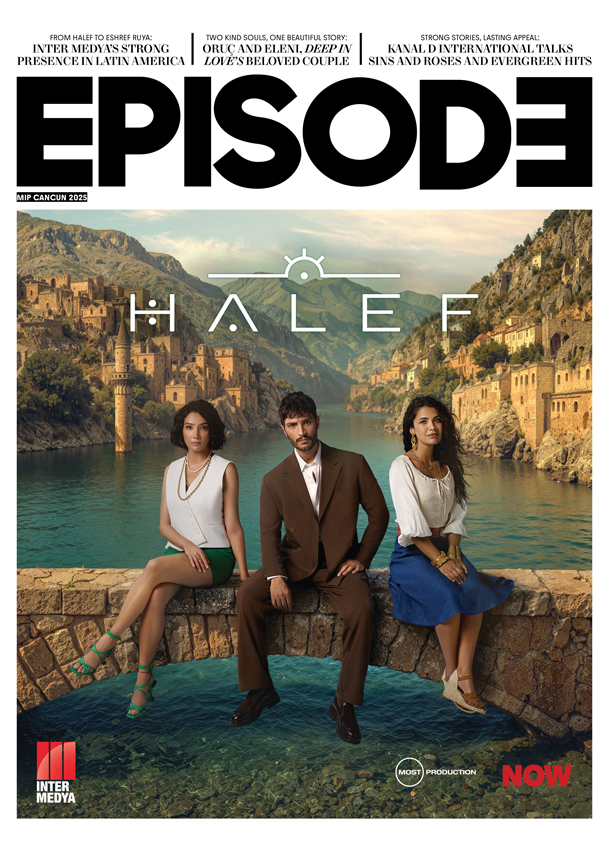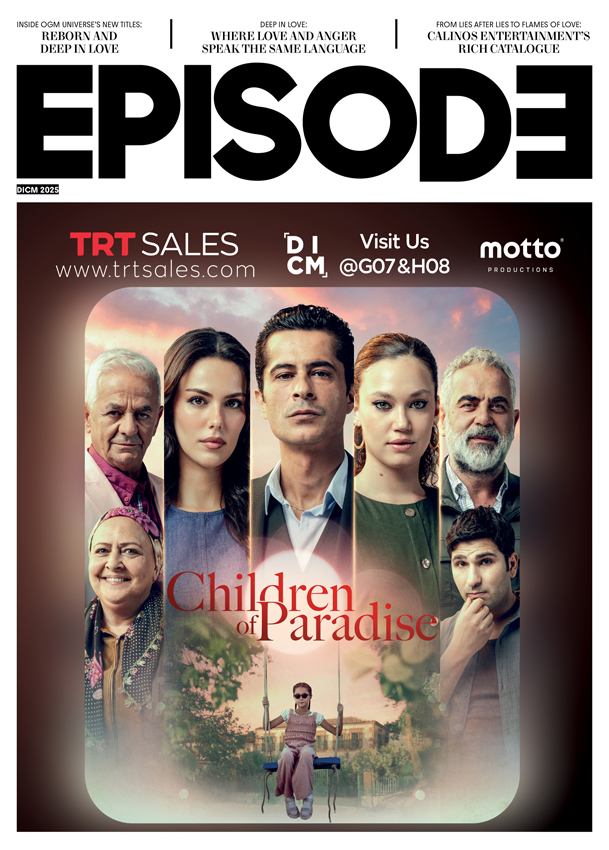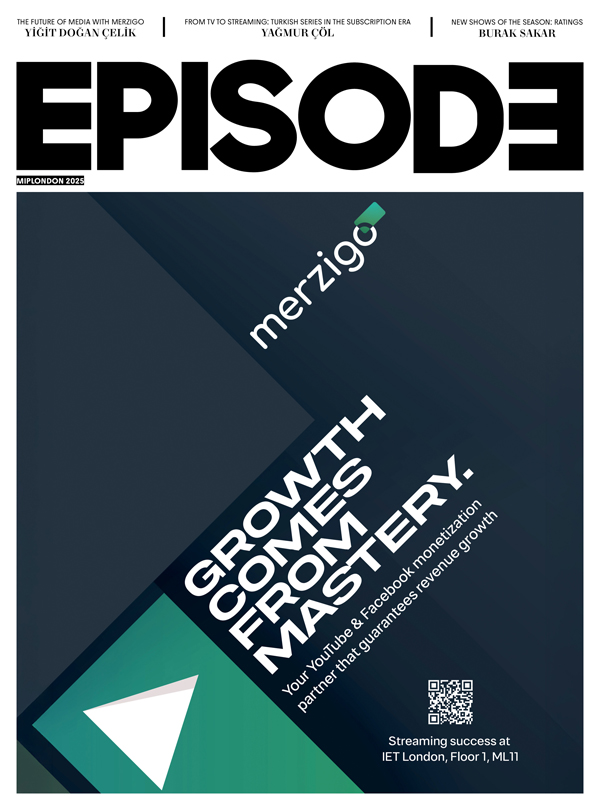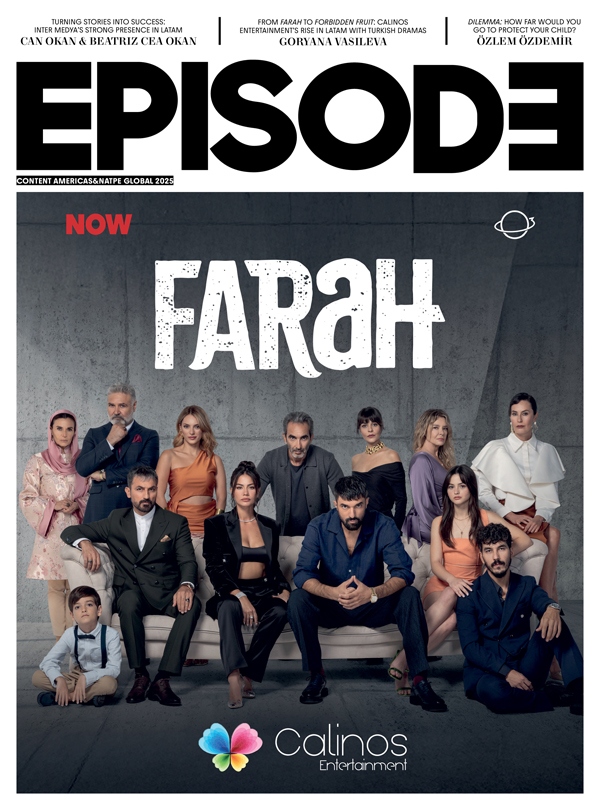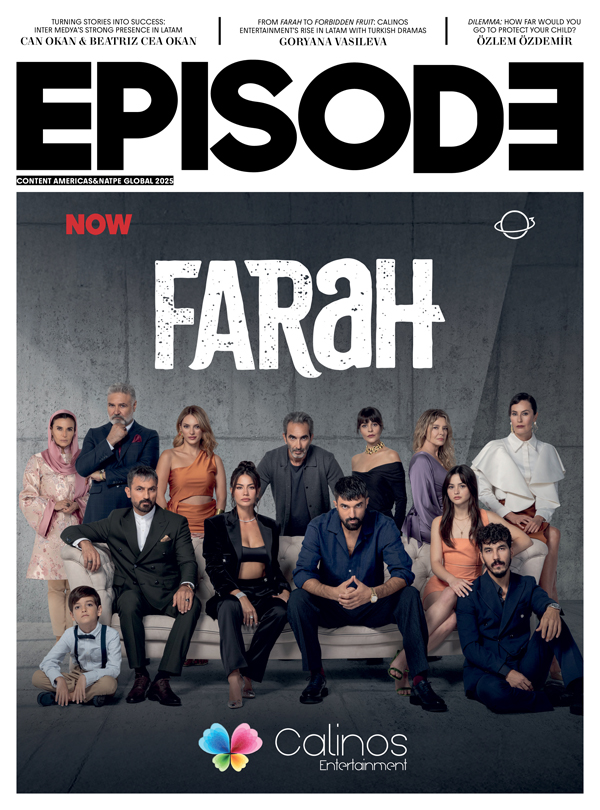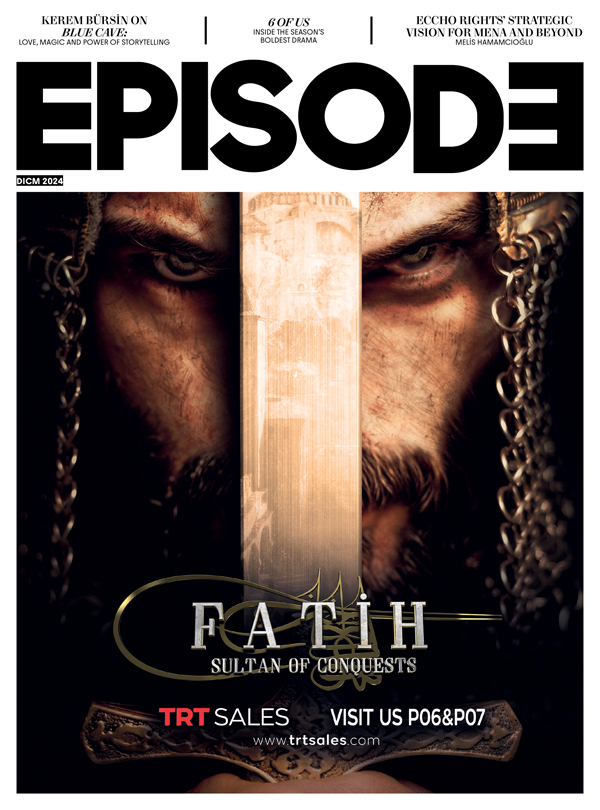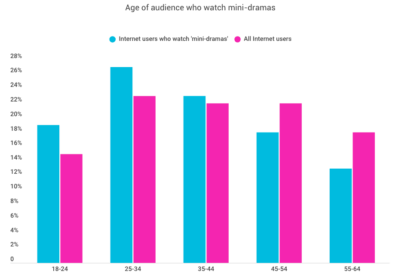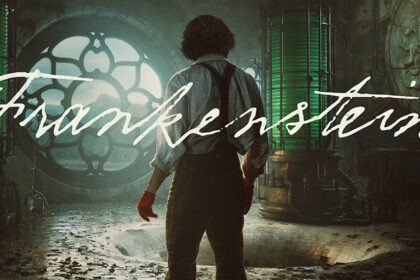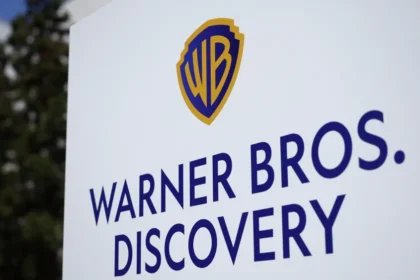When Paul Thomas Anderson (PTA) makes a film, it immediately becomes a contender for the best film of the year. That’s why One Battle After Another was one of 2025’s most anticipated releases, even topping the must-watch lists of many cinephiles.
PTA’s return after 2021’s Licorice Pizza has been nothing short of spectacular. One Battle After Another grossed $22.4 million in its opening weekend in the U.S., debuting at number one at the box office. Globally, it earned $26.1 million over the weekend, bringing its total to $48.5 million.
This level of hype shows just how much we, as the audience, have missed PTA’s hybrid and original cinematic mentality, which fuses Hollywood stylization with arthouse aesthetics. At this time, when digital platforms fill their libraries with mediocre productions, Hollywood is fatigued with superhero narratives, and the industry is stuck in continually repeating itself with remakes and sequels, the PTA brand alone is enough to excite audiences greatly.
Also, when we look at the films that broke through at the box office in 2025, we see that they are original works: F1: The Movie, Sinners, and Weapons. The success of these movies speaks for itself.
Meanwhile, One Battle After Another is among PTA’s most expensive productions, with a budget exceeding $130 million. But every dollar is visible on screen. One Battle After Another stands as one of the peaks of PTA’s career and delivers his sharpest response yet to today’s increasingly right-leaning economic-political climate.
One Battle After Another: A Reckoning With White Supremacy, Racist Ideologies, and Right-Wing Populism
Actually, PTA’s previous film, Licorice Pizza, was a nostalgic coming-of-age story filled with autobiographical elements. Yet, the nostalgia in the movie should be approached differently. Many recent films try to dig up nostalgia to invoke the feelings of hope for the pre-pandemic, pre-digital age.
But Licorice Pizza embedded nostalgia within a powerful cinematic vision and layered class representations. That’s what makes PTA’s cinema stand out: its unique, risk-taking language. “San Fernando Valley” in Los Angeles is also a place that defines the director.
The San Fernando Valley, featured in his films like Boogie Nights and Magnolia, is among the places that allow PTA to return to his childhood. So, he was telling a story very much familiar to him: The main characters in Licorice Pizza were young people striving to grasp the increasingly fading “American Dream,” while the movie brushed against the sexism, homophobia, and police violence of that era.
But in the four years since, the world has been turned upside down both socio-psychologically and economically. We’re going through a time of crisis and collective depression. Frankly, right-wing populism, created by neoliberal globalization, has hollowed out democracies and triggered a crisis of legitimacy. America, dragged out by Donald Trump, represents the heart of this hollowness.
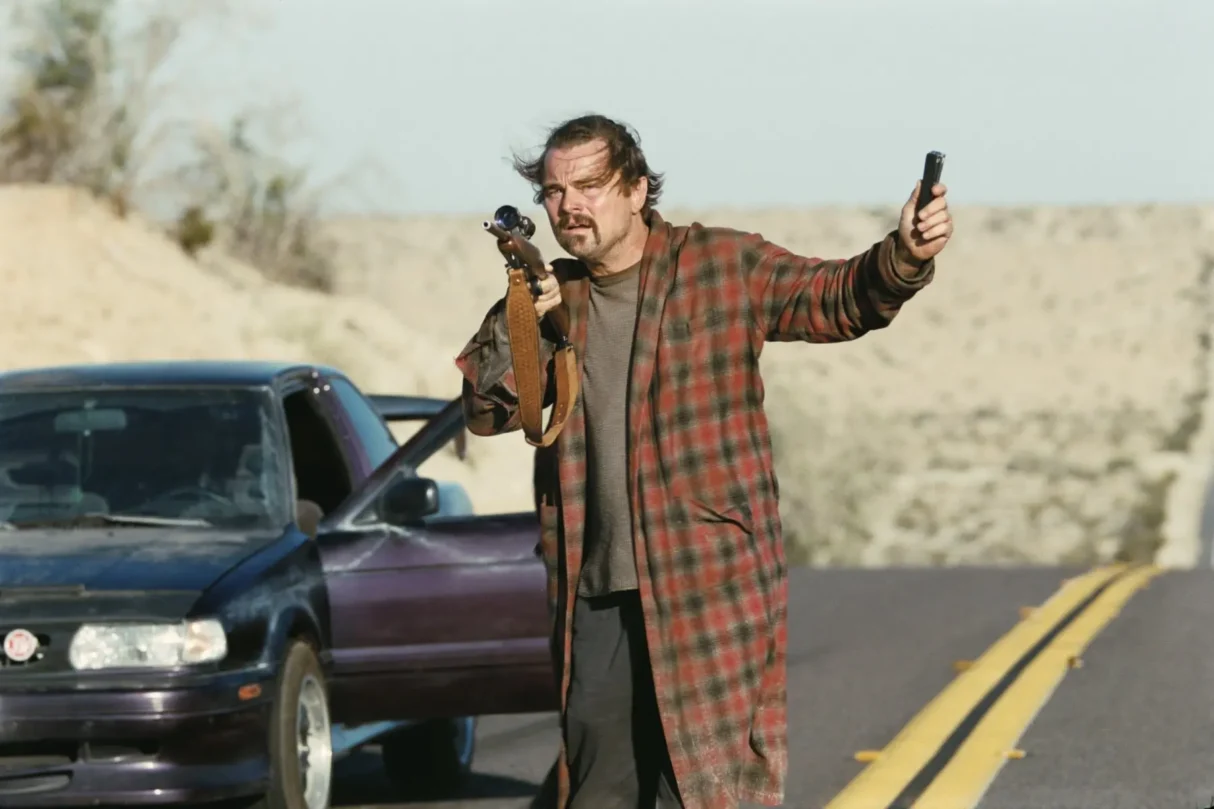
As wars escalate in the Middle East, Israel commits an atrocious genocide in Palestine, individual freedoms are under threat, the racist and fascist governments strive to tighten the circle of control. Of course, they use oppressive state apparatuses while doing so.
Now, One Battle After Another ignites a revolutionary flame in this economic-political climate. PTA offers a systematic reading of the Nazi-inspired, white supremacist, anti-immigrant, racist, and fascist ideologies of America, shadowed by Donald Trump. That’s why the film lands in the right place politically and presents a manifesto aligned with the zeitgeist.
And of course, PTA delivers this manifesto with his signature grandeur. Following in the footsteps of “grande” directors like Stanley Kubrick and Martin Scorsese, PTA is one of the people who can merge technical perfection with narrative mastery. In that sense, he is one of the foremost figures in contemporary American and world cinema.
After all, this is a director who made Magnolia, a masterpiece, at just 29. His trademarks, intricate mise-en-scène, golden-ratio framing, one-takes, long plans, and stories with carefully constructed rhythms, are all here. One Battle After Another is the latest product of that trademark.
Furthermore, among the standout features of PTA’s work are his screenplay structures and character studies. He masterfully shapes ambitious, broken, and troubled characters wrestling with crises of masculinity. In One Battle After Another, he adds new figures to that palette of interesting characters and displays excellent management of the actors.
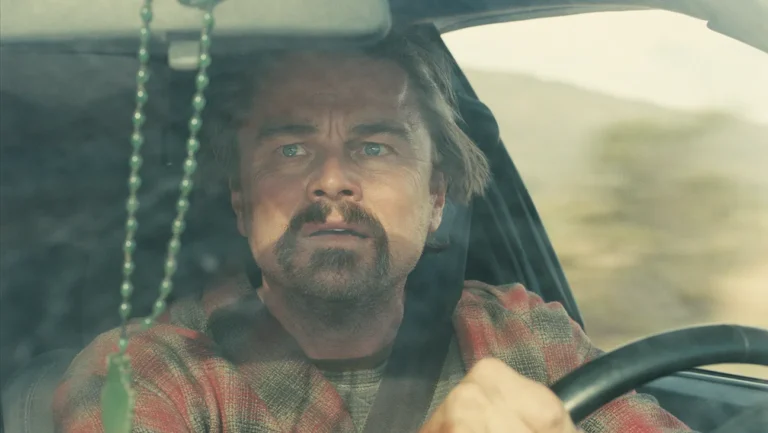
At the same time, Leonardo DiCaprio and Sean Penn especially shine in their face-offs, while Teyana Taylor and Benicio Del Toro deliver strong supporting performances. But Penn’s character, “Steven J. Lockjaw,” fully embodies the mental image of fascism, from the gestures, obsessions, and mannerisms. I must say that Sean Penn’s performance in this role is arguably one of the most special ones of his career.
In addition, PTA’s decision to shoot One Battle After Another in VistaVision, a format used by legends like Alfred Hitchcock and John Ford, yielded a stunning result. This choice gave the film a profound and rich visual presence, and the desert chase scenes in the final scene are a prime example of this. The film also boasts a humor reminiscent of the Coen Brothers, and while it can be repetitive at times, it never gets boring. What we have here is a masterpiece that flows smoothly and has no issues of rhythm for 170 minutes.
The soundtrack by Jonny Greenwood, guitarist for Radiohead and The Smile, adds a unique dimension to the film and helps One Battle After Another find its rhythm, too. However, I must point out that Jonny Greenwood and Radiohead have become a form of “artwashing” used by Israel.
Both Thom Yorke and Jonny Greenwood have been repeatedly criticized by the international community for their concerts, collaborations, and silence in Israel. The pro-Palestinian BDS movement even issued a statement calling for a boycott of Radiohead. Therefore, seeing Jonny Greenwood’s name in this film is a bit troubling.
Even so, One Battle After Another stands as a unique PTA creation, both technically and narratively, and it’s the best film of 2025 so far. When injustice becomes law, resistance becomes duty. Viva la revolución!






